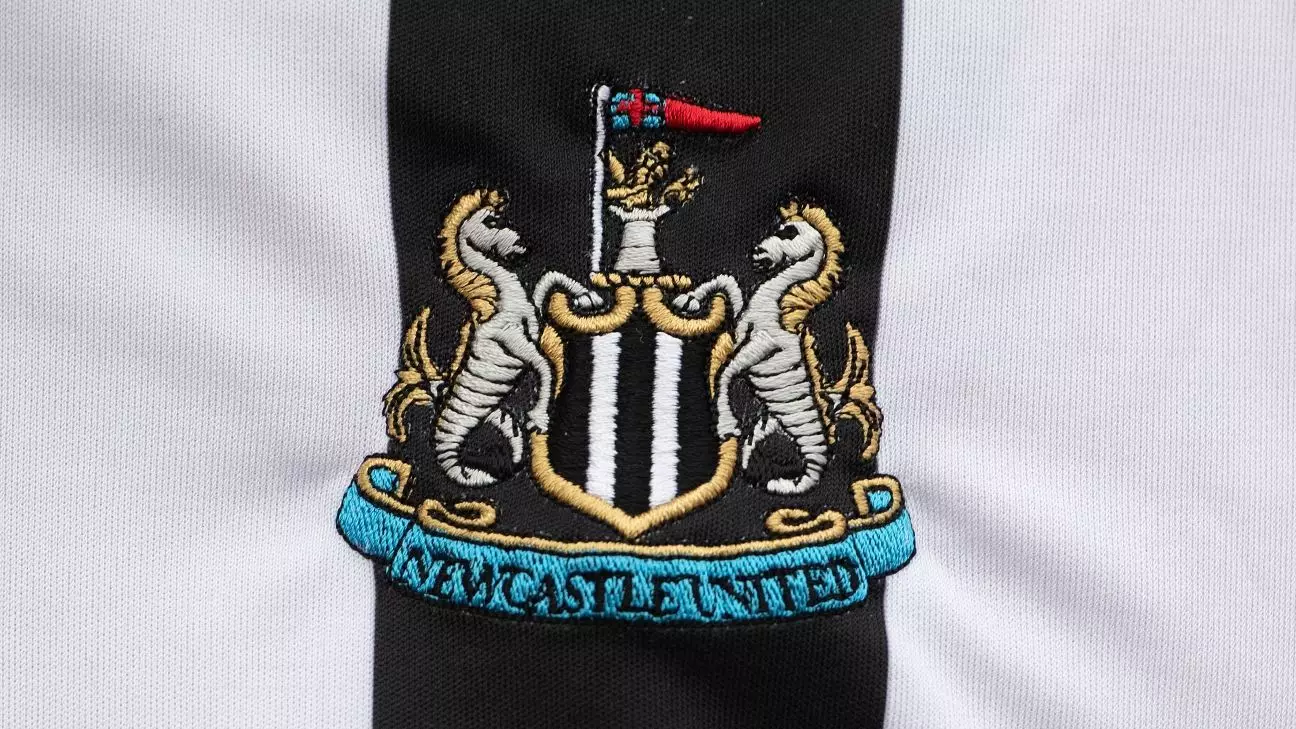In the football world, club crests aren’t just visual markers; they encapsulate the essence of the team’s history, culture, and fan sentiment. Newcastle United, with a lineage rooted in the heart of Tyneside, is now faced with a critical crossroads as the club deliberates a potential rebranding of its iconic crest—a design that has stood the test of time since 1988. The notion that a club would even consider altering such a symbol is bound to stir the passions of its die-hard supporters, who view the crest as more than a mere design; it is a cherished emblem of identity and pride.
However, the club has cited that the current emblem is outdated and not suitable for the digital age. The argument that some designs may appear less appealing on modern platforms is not without merit. Yet, the deeper issue at hand is whether a beloved emblem should be compromised for the sake of aesthetic appeal in an age increasingly dominated by social media.
A Disturbing Consultation Process
The Newcastle United Supporters Trust (NUST) has raised significant concerns about the consultation process for the crest change, describing the survey as “incredibly leading.” At a time when club ownership and management must cultivate trust with a passionate fanbase, any hint of manipulation in feedback collection can undermine the legitimacy of their intentions. NUST’s criticism highlights a fundamental element of successful stakeholder engagement: transparency.
For any changes to resonate positively, clubs must adopt consultation approaches that genuinely reflect fan sentiment rather than steering them toward a predetermined conclusion. Fans need to feel their voices are valued and that their historical ties to club symbols are respected. The call for a neutral survey, one that allows patrons to express their desire to retain their emblem, is not only logical but essential for compliance with the Football Association’s rules.
Heritage vs. Innovation
The discussion surrounding Newcastle’s crest also raises an intriguing question—can heritage and innovation coexist? The club’s current crest draws heavily from local symbolism, such as the Coat of Arms, the castle, and the demi-lion, embodying the soul of Newcastle. Yet, it’s undeniable that football clubs worldwide are increasingly falling in line with modern branding trends, often abandoning the nostalgic for the sleek and contemporary.
While modernizing a crest may appeal to a new generation, it risks alienating long-standing fans, those who have invested emotionally in the club’s identity. This dilemma mirrors broader societal shifts where the digital experience often is prioritized over the narrative heritage, and it poses the challenging question: Is it possible for clubs like Newcastle to innovate while preserving their rich tapestry of identity?
Ultimately, the path forward for Newcastle United will require balancing these multifaceted concerns. A well-structured and comprehensive survey could serve as a stepping stone toward fostering genuine dialogue between the club and its supporters. As the club navigates this sensitive terrain, prioritizing the voices of those who have long supported the club may offer the best path toward sustainable progress in an ever-evolving football landscape.

